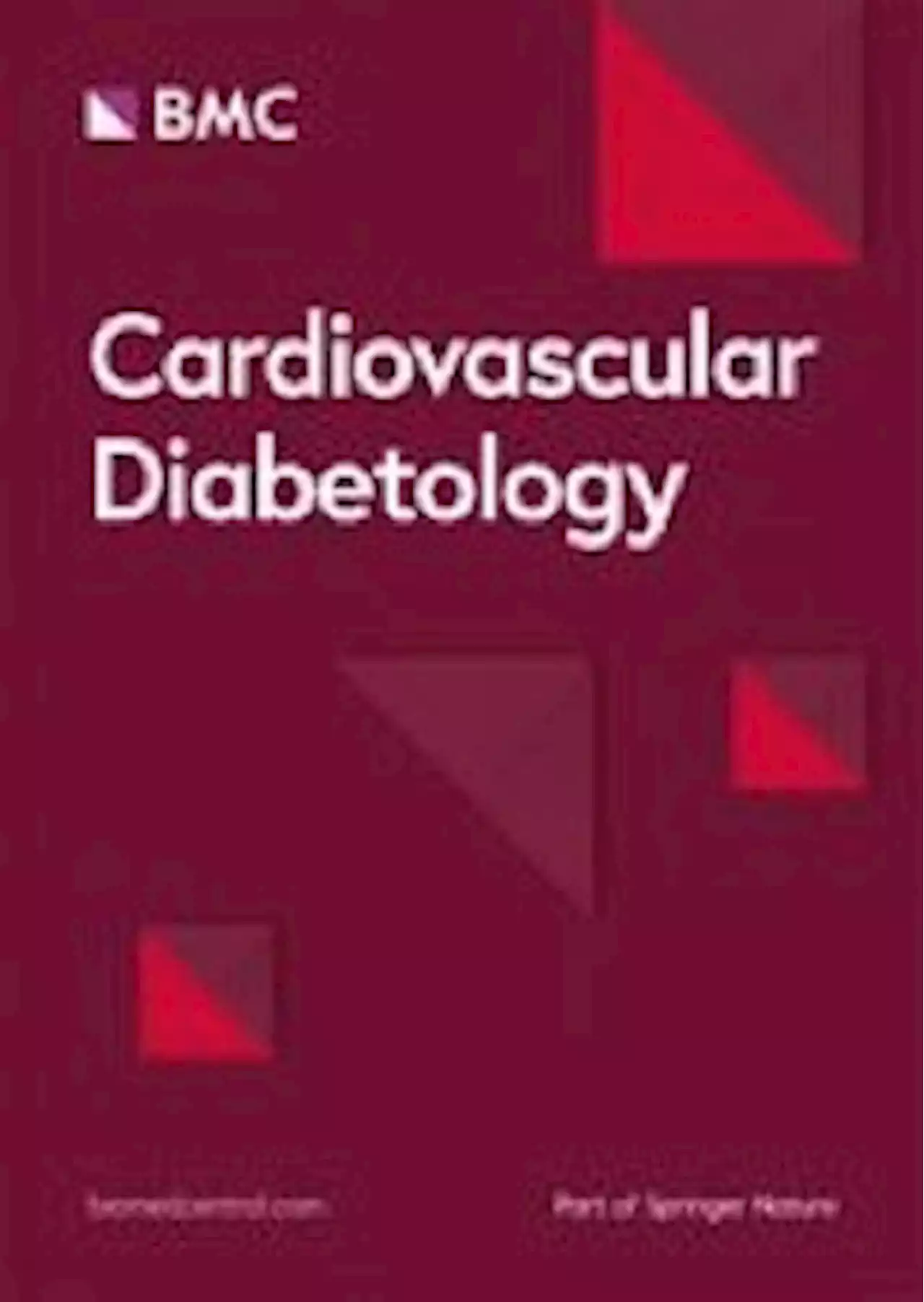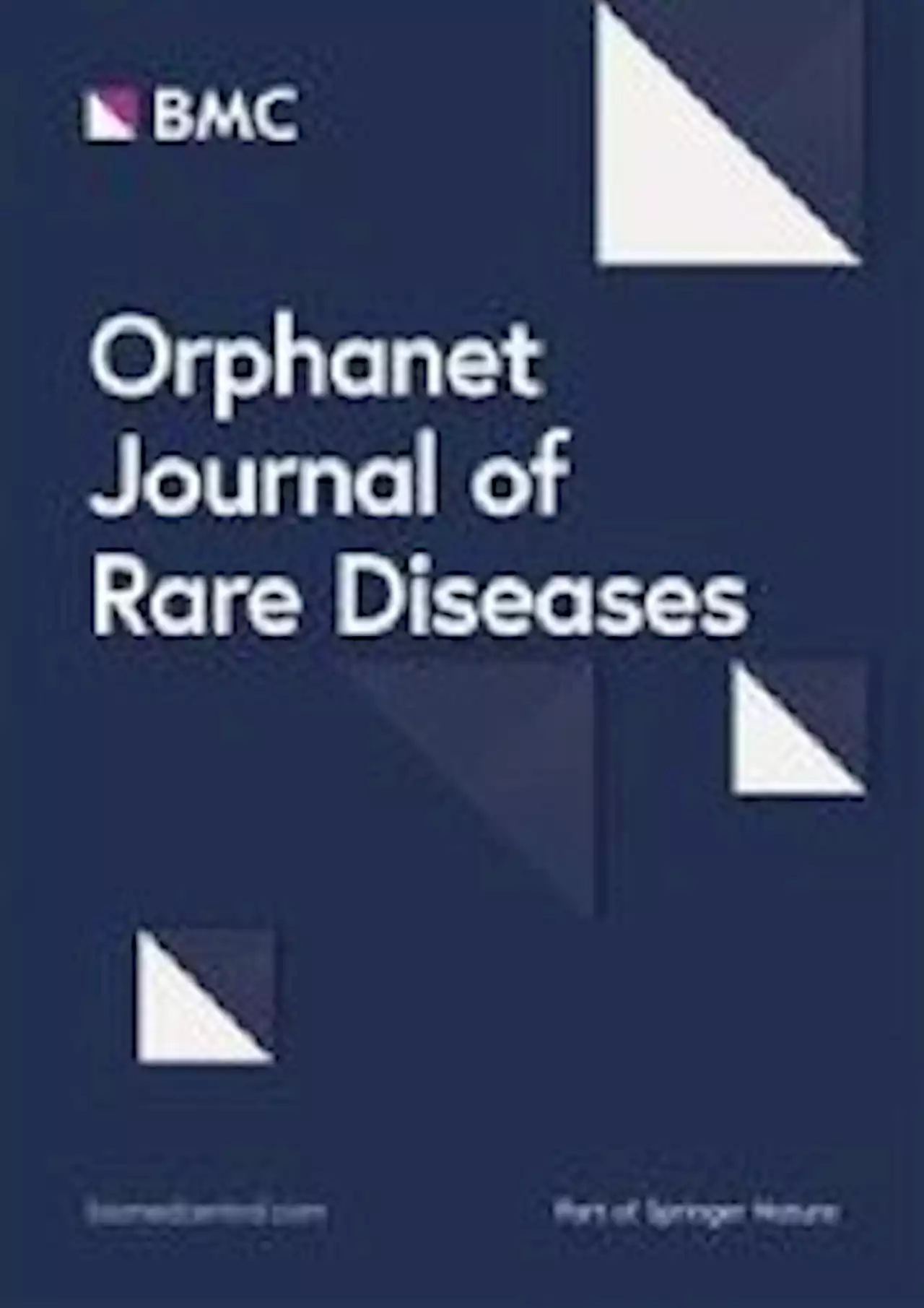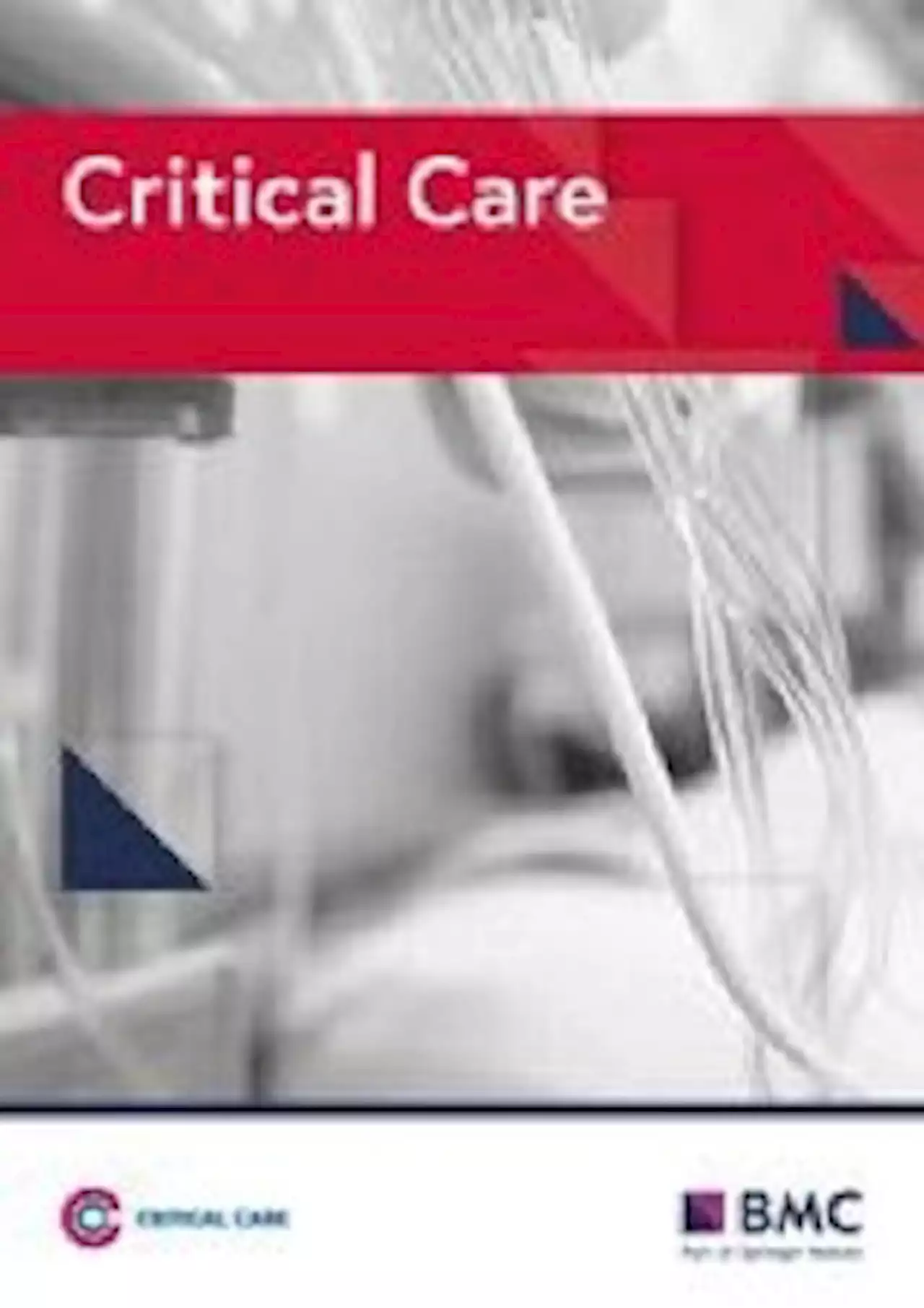Turn off that mic!
So, you're a security conscious gamer. You've got strong passwords, you don't click suspicious links and you're not conned by yet another amazing offer of free bitcoin. But when was the last time you gave thought to the security of your typing? That dastardly AI strikes again. This one is able to listen to your keystrokes and predict what you're typing with 95% accuracy.
The researchers used a MacBook Pro for typing, while recording audio from a nearby iPhone and perhaps most disturbingly, via a Zoom call. So it's not just your own security you'd need to be responsible for. You'll need everyone else on the call to be conscious of it too. Zoom aside, surely such an attack would still need microphone access permissions. So, as long as you're aware of malware and how to avoid it you should be fine, and if not, well, you've probably got more pressing matters to worry about.
United Kingdom Latest News, United Kingdom Headlines
Similar News:You can also read news stories similar to this one that we have collected from other news sources.
 Glasgow City Council rejects 95% of pothole compensation claims in three yearsA Freedom of Information request has found that only around 5 per cent of claims for compensation for injuries and damage caused by potholes in Glasgow ended in a payout.
Glasgow City Council rejects 95% of pothole compensation claims in three yearsA Freedom of Information request has found that only around 5 per cent of claims for compensation for injuries and damage caused by potholes in Glasgow ended in a payout.
Read more »
 Joanna Cherry's Edinburgh Festival Fringe show to go ahead with extra checks over safety fearsThe SNP MP said it was a 'disgrace that any public speaker should face threats to personal safety on account of their sexuality and feminist beliefs'.
Joanna Cherry's Edinburgh Festival Fringe show to go ahead with extra checks over safety fearsThe SNP MP said it was a 'disgrace that any public speaker should face threats to personal safety on account of their sexuality and feminist beliefs'.
Read more »
 Comparative cardiovascular outcomes in type 2 diabetes patients taking dapagliflozin versus empagliflozin: a nationwide population-based cohort study - Cardiovascular DiabetologyBackground Sodium-glucose co-transporter-2 inhibitors displayed cardiovascular benefits in type 2 diabetes mellitus in previous studies; however, there were some heterogeneities regarding respective cardiovascular outcomes within the class. Furthermore, their efficacies in Asians, females, and those with low cardiovascular risks were under-represented. Thus, we compared the cardiovascular outcomes between new users of dapagliflozin and empagliflozin in a broad range of patients with type 2 diabetes mellitus using a nationwide population-based real-world cohort from Korea. Methods Korean National Health Insurance registry data between May 2016 and December 2018 were extracted, and an active-comparator new-user design was applied. The primary outcome was a composite of heart failure (HF)-related events (i.e., hospitalization for HF and HF-related death), myocardial infarction, ischemic stroke, and cardiovascular death. The secondary outcomes were individual components of the primary outcome. Results A total of 366,031 new users of dapagliflozin or empagliflozin were identified. After 1:1 nearest-neighbor propensity score matching, 72,752 individuals (mean age approximately 56 years, 42% women) from each group were included in the final analysis, with a follow-up of 150,000 ~ person-years. Approximately 40% of the patients included in the study had type 2 diabetes mellitus as their sole cardiovascular risk factor, with no other risk factors. The risk of the primary outcome was not different significantly between dapagliflozin and empagliflozin users (hazard ratio [HR] 0.93, 95% confidence interval [CI] 0.855–1.006). The risks of secondary outcomes were also similar, with the exception of the risks of HF-related events (HR 0.84, 95% CI 0.714–0.989) and cardiovascular death (HR 0.76, 95% CI 0.618–0.921), which were significantly lower in the dapagliflozin users. Conclusions This large-scale nationwide population-based real-world cohort study revealed no significant diffe
Comparative cardiovascular outcomes in type 2 diabetes patients taking dapagliflozin versus empagliflozin: a nationwide population-based cohort study - Cardiovascular DiabetologyBackground Sodium-glucose co-transporter-2 inhibitors displayed cardiovascular benefits in type 2 diabetes mellitus in previous studies; however, there were some heterogeneities regarding respective cardiovascular outcomes within the class. Furthermore, their efficacies in Asians, females, and those with low cardiovascular risks were under-represented. Thus, we compared the cardiovascular outcomes between new users of dapagliflozin and empagliflozin in a broad range of patients with type 2 diabetes mellitus using a nationwide population-based real-world cohort from Korea. Methods Korean National Health Insurance registry data between May 2016 and December 2018 were extracted, and an active-comparator new-user design was applied. The primary outcome was a composite of heart failure (HF)-related events (i.e., hospitalization for HF and HF-related death), myocardial infarction, ischemic stroke, and cardiovascular death. The secondary outcomes were individual components of the primary outcome. Results A total of 366,031 new users of dapagliflozin or empagliflozin were identified. After 1:1 nearest-neighbor propensity score matching, 72,752 individuals (mean age approximately 56 years, 42% women) from each group were included in the final analysis, with a follow-up of 150,000 ~ person-years. Approximately 40% of the patients included in the study had type 2 diabetes mellitus as their sole cardiovascular risk factor, with no other risk factors. The risk of the primary outcome was not different significantly between dapagliflozin and empagliflozin users (hazard ratio [HR] 0.93, 95% confidence interval [CI] 0.855–1.006). The risks of secondary outcomes were also similar, with the exception of the risks of HF-related events (HR 0.84, 95% CI 0.714–0.989) and cardiovascular death (HR 0.76, 95% CI 0.618–0.921), which were significantly lower in the dapagliflozin users. Conclusions This large-scale nationwide population-based real-world cohort study revealed no significant diffe
Read more »
 Total choline intake and working memory performance in adults with phenylketonuria - Orphanet Journal of Rare DiseasesBackground Despite early diagnosis and compliance with phenylalanine (Phe)-restricted diets, many individuals with phenylketonuria (PKU) still exhibit neurological changes and experience deficits in working memory and other executive functions. Suboptimal choline intake may contribute to these impairments, but this relationship has not been previously investigated in PKU. The objective of this study was to determine if choline intake is correlated with working memory performance, and if this relationship is modified by diagnosis and metabolic control. Methods This was a cross-sectional study that included 40 adults with PKU and 40 demographically matched healthy adults. Web-based neurocognitive tests were used to assess working memory performance and 3-day dietary records were collected to evaluate nutrient intake. Recent and historical blood Phe concentrations were collected as measures of metabolic control. Results Working memory performance was 0.32 z-scores (95% CI 0.06, 0.58) lower, on average, in participants with PKU compared to participants without PKU, and this difference was not modified by total choline intake (F[1,75] = 0.85, p = 0.36). However, in a subgroup with complete historical blood Phe data, increased total choline intake was related to improved working memory outcomes among participants with well controlled PKU (Phe = 360 µmol/L) after adjusting for intellectual ability and mid-childhood Phe concentrations (average change in working memory per 100 mg change in choline = 0.11; 95% CI 0.02, 0.20; p = 0.02). There also was a trend, albeit nonsignificant (p = 0.10), for this association to be attenuated with increased Phe concentrations. Conclusions Clinical monitoring of choline intake is essential for all individuals with PKU but may have important implications for working memory functioning among patients with good metabolic control. Results from this study should be confirmed in a larger controlled trial in people living with PKU.
Total choline intake and working memory performance in adults with phenylketonuria - Orphanet Journal of Rare DiseasesBackground Despite early diagnosis and compliance with phenylalanine (Phe)-restricted diets, many individuals with phenylketonuria (PKU) still exhibit neurological changes and experience deficits in working memory and other executive functions. Suboptimal choline intake may contribute to these impairments, but this relationship has not been previously investigated in PKU. The objective of this study was to determine if choline intake is correlated with working memory performance, and if this relationship is modified by diagnosis and metabolic control. Methods This was a cross-sectional study that included 40 adults with PKU and 40 demographically matched healthy adults. Web-based neurocognitive tests were used to assess working memory performance and 3-day dietary records were collected to evaluate nutrient intake. Recent and historical blood Phe concentrations were collected as measures of metabolic control. Results Working memory performance was 0.32 z-scores (95% CI 0.06, 0.58) lower, on average, in participants with PKU compared to participants without PKU, and this difference was not modified by total choline intake (F[1,75] = 0.85, p = 0.36). However, in a subgroup with complete historical blood Phe data, increased total choline intake was related to improved working memory outcomes among participants with well controlled PKU (Phe = 360 µmol/L) after adjusting for intellectual ability and mid-childhood Phe concentrations (average change in working memory per 100 mg change in choline = 0.11; 95% CI 0.02, 0.20; p = 0.02). There also was a trend, albeit nonsignificant (p = 0.10), for this association to be attenuated with increased Phe concentrations. Conclusions Clinical monitoring of choline intake is essential for all individuals with PKU but may have important implications for working memory functioning among patients with good metabolic control. Results from this study should be confirmed in a larger controlled trial in people living with PKU.
Read more »
 Identification of indications for albumin administration in septic patients with liver cirrhosis - Critical CareBackground Albumin infusion is the primary therapeutic strategy for septic patients with liver cirrhosis. Although recent studies have investigated the efficacy of albumin in the resuscitation stage of septic patients with liver cirrhosis, it remains unclear whether daily albumin administration can improve outcomes. Furthermore, the indications for initiating albumin therapy are not well defined. Methods Septic patients with liver cirrhosis were obtained from the Medical Information Mart for Intensive Care (MIMIC-IV 2.0) database. Marginal structural Cox models were employed to investigate the association between daily albumin infusion and 28-day mortality. We also aimed to explore under what circumstances enrolled patients could benefit most from albumin administration, based on the clinical parameters collected on the day of albumin infusion, including serum albumin concentration, serum lactate concentration, mean arterial pressure (MAP), and vasopressor dosage. Results A total of 2265 patients were included in the final analysis, of whom 1093 (48.3%) had received albumin treatment at least once. The overall 28-day mortality was 29.6%. After marginal structural modeling, daily albumin infusion was associated with a reduced risk of 28-day death (hazard ratio, 0.76; 95% CI 0.61–0.94). We found that patients benefit most from albumin infusion when initiated on the day of serum albumin concentration between 2.5 and 3.0 g/dL, serum lactate concentration greater than or equal to 2 mmol/L, MAP less than 60 mmHg, or vasopressor dosage between 0.2 and 0.3 mcg/kg/min (norepinephrine equivalent, NEE). Conclusions Albumin infusion is associated with a reduction in mortality in septic patients with liver cirrhosis under specific circumstances. Serum albumin concentration, serum lactate, MAP, and vasopressor dosage were found to be modifiers of treatment effectiveness and should be considered when deciding to initial albumin infusion.
Identification of indications for albumin administration in septic patients with liver cirrhosis - Critical CareBackground Albumin infusion is the primary therapeutic strategy for septic patients with liver cirrhosis. Although recent studies have investigated the efficacy of albumin in the resuscitation stage of septic patients with liver cirrhosis, it remains unclear whether daily albumin administration can improve outcomes. Furthermore, the indications for initiating albumin therapy are not well defined. Methods Septic patients with liver cirrhosis were obtained from the Medical Information Mart for Intensive Care (MIMIC-IV 2.0) database. Marginal structural Cox models were employed to investigate the association between daily albumin infusion and 28-day mortality. We also aimed to explore under what circumstances enrolled patients could benefit most from albumin administration, based on the clinical parameters collected on the day of albumin infusion, including serum albumin concentration, serum lactate concentration, mean arterial pressure (MAP), and vasopressor dosage. Results A total of 2265 patients were included in the final analysis, of whom 1093 (48.3%) had received albumin treatment at least once. The overall 28-day mortality was 29.6%. After marginal structural modeling, daily albumin infusion was associated with a reduced risk of 28-day death (hazard ratio, 0.76; 95% CI 0.61–0.94). We found that patients benefit most from albumin infusion when initiated on the day of serum albumin concentration between 2.5 and 3.0 g/dL, serum lactate concentration greater than or equal to 2 mmol/L, MAP less than 60 mmHg, or vasopressor dosage between 0.2 and 0.3 mcg/kg/min (norepinephrine equivalent, NEE). Conclusions Albumin infusion is associated with a reduction in mortality in septic patients with liver cirrhosis under specific circumstances. Serum albumin concentration, serum lactate, MAP, and vasopressor dosage were found to be modifiers of treatment effectiveness and should be considered when deciding to initial albumin infusion.
Read more »
 Thieves steal $300,000 worth of TCG cards from Gen Con 2023Thieves have stolen over $300,000 (£235.3K) worth of trading cards from Gen Con 2023. As spotted by our friends o…
Thieves steal $300,000 worth of TCG cards from Gen Con 2023Thieves have stolen over $300,000 (£235.3K) worth of trading cards from Gen Con 2023. As spotted by our friends o…
Read more »
